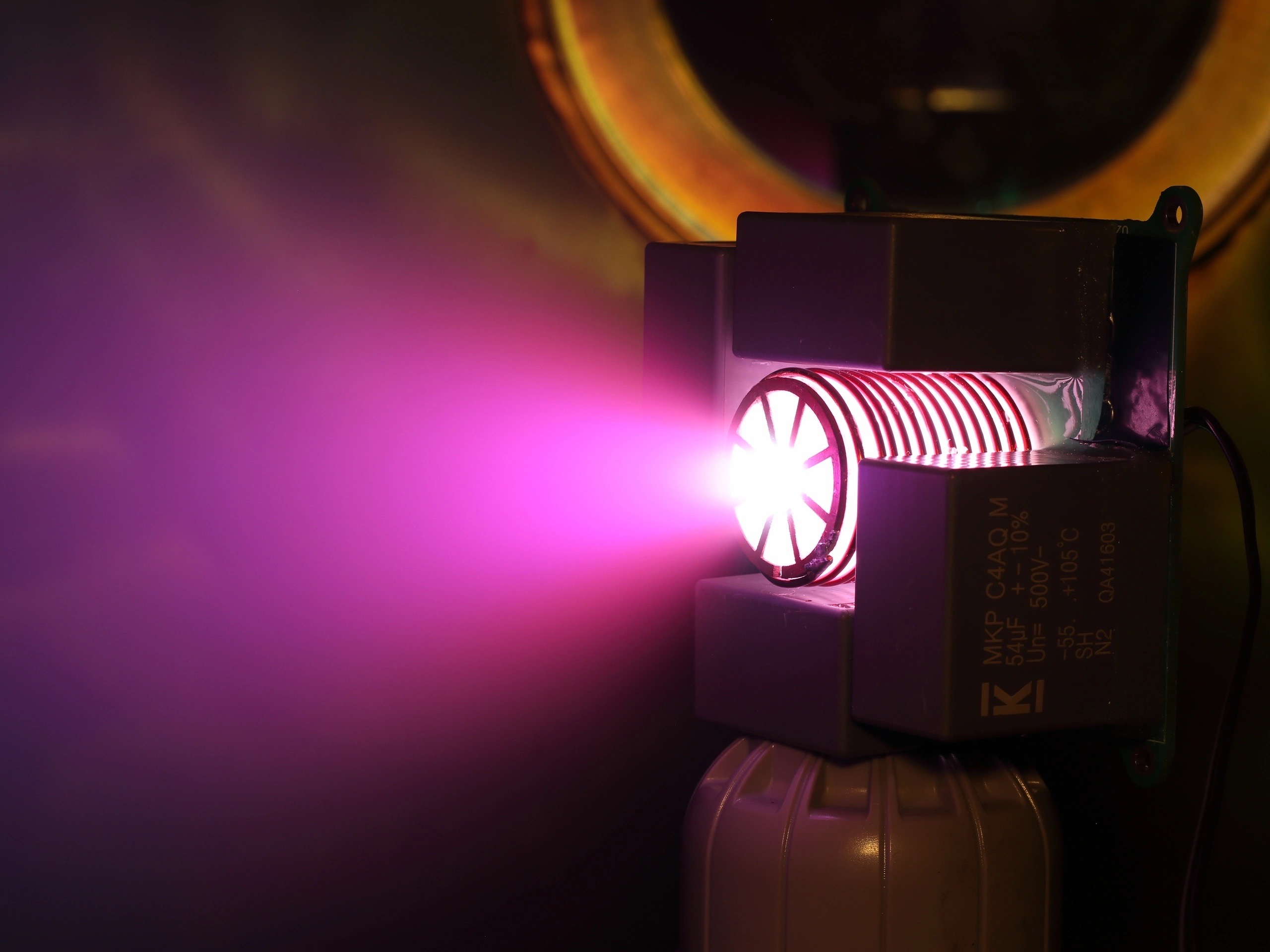Catalog
Search
431 products
View:
- Selected: 1Areas of use
- Selected: 0Item names
- Selected: 0Manufacturer
- Selected: 0Made in
- Selected: 0Additional
View:
431 products
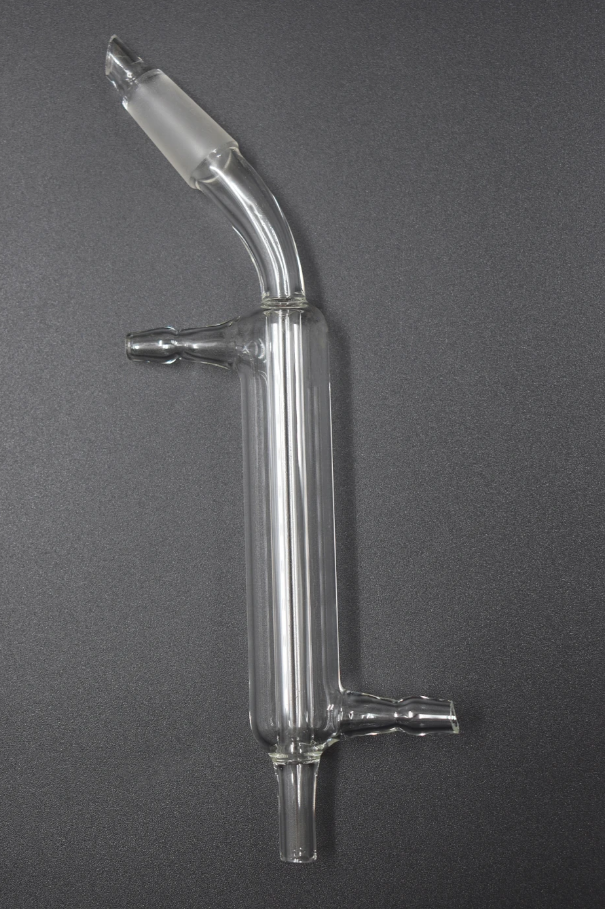
A type of Liebig Primelab refrigerator
1 supp.
A variation of the Liebig refrigerator is produced by PrimeLab. Designed for distillation, distillation, condensation and more. It has a standard design consisting of two glass tubes, one of which is located inside the other. Water is poured into the outer tube, and vapor condenses in the inner tube, after which it flows down. The Primelab company accepts orders for the manufacture of laboratory glassware and instruments, including Liebig refrigerators. We use exclusively high-quality borosilicate glass.
Primelab
Mytishchi
Produced in: Mytishchi, Moscow region
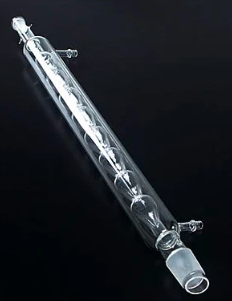
Refrigerator HSh-1-300 14/23 Primelab
from
987 ₽
1 supp.
The KhSh-1-300 14/23 Primelab refrigerator has a well-thought-out design. It includes balls inside the container and core sections (14/23) for connection to the necessary equipment. The length of the working part is 30 cm with a total length of 40.5 cm. The refrigerator is made of durable, transparent and reliable borosilicate glass. Suitable for intensive use due to its excellent performance properties.
Primelab
Mytishchi
Produced in: Mytishchi, Moscow region
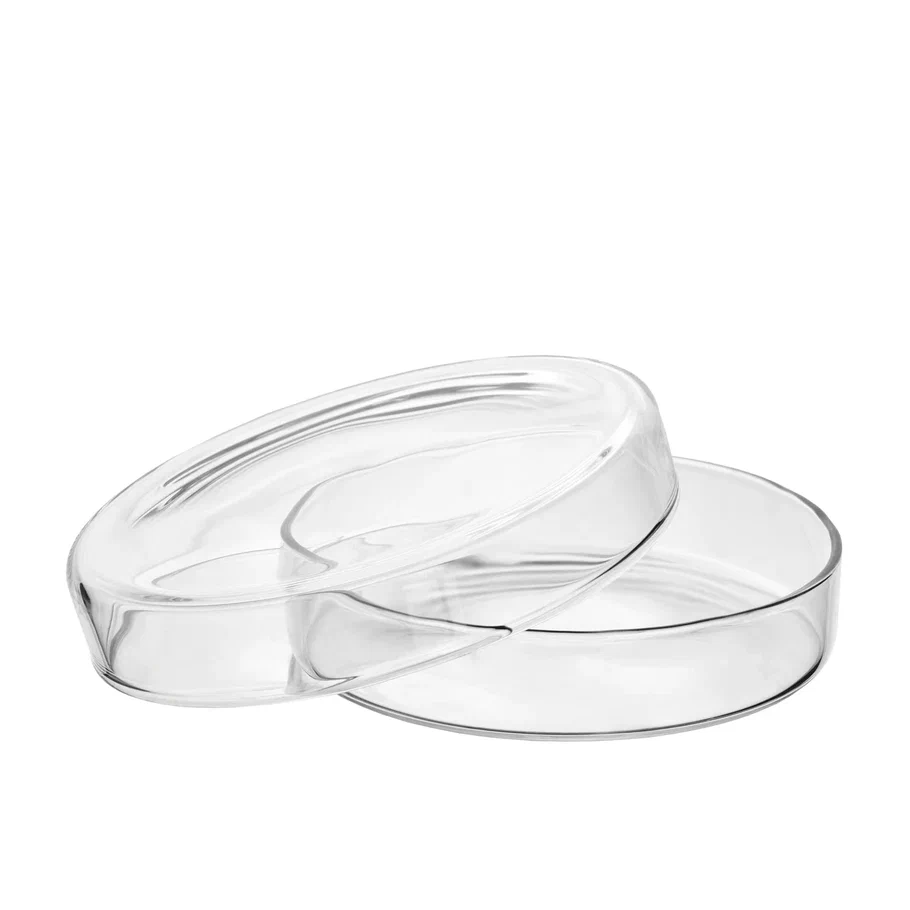
Petri dish Primelab 60, glass
from
79 ₽
1 supp.
The PrimeLab 60mm Petri dish is made of clear tempered glass that can withstand heat sterilization. Designed for reusable use. The cup consists of two parts: a base (60 mm) and a lid (65 mm), which is larger in diameter than the base and slightly smaller in height. The second part is superimposed on the first to protect the contents from the external environment.
Primelab
Mytishchi
Produced in: Mytishchi, Moscow region
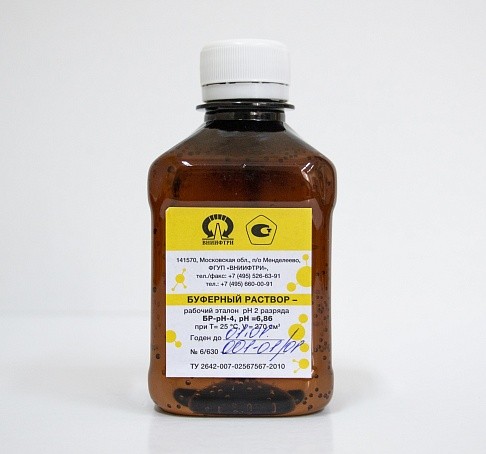
Buffer solutions with precise pH
from
700 ₽
VNIIFTRI
Mendeleevo
Produced in: Mendeleevo, Moscow region
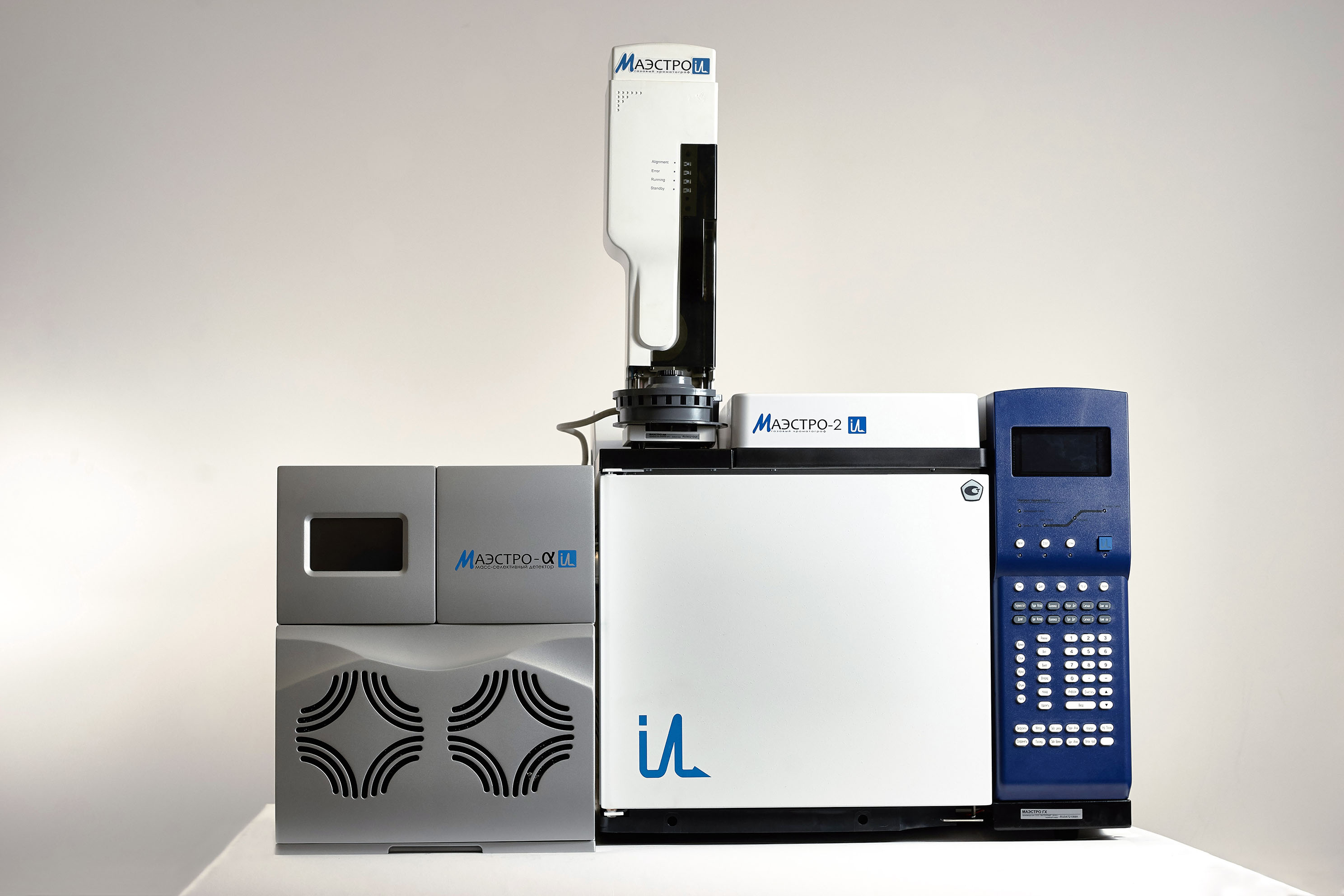
MAESTRO-αMS gas chromatograph by Interlab
We offer expert laboratories of physicochemical methods of analysis a gas chromatograph with a quadrupole mass spectrometric detector «MAESTRO-αMS». Quadrupole GC-MS «MAESTRO-αMS» is in demand for targeted research (screening) and non-targeted search. In targeted studies, it is necessary to detect given target compounds in samples of various nature and origin at the level of residual amounts, for example, several picograms of the target compound in the injected 1 μl of liquid sample. Most often, targeted research is carried out in the following areas of laboratory screening: ecology, food safety, clinical monitoring, narcology, doping control, production control of various raw materials. In targeted studies, it is often required not only to confirm the presence of a compound in a sample, but also to determine the level of its content quantitatively, since both the list of target compounds and the permissible level of their presence in the sample are specified by regulatory documents. Quantitative analysis requires standards for the substances you are looking for. When conducting a non-target search, as a rule, it is required to analyze a sample of unknown composition, in other words, to find as many compounds as possible in the sample and identify (identify) each of them. Since the identification of a detected compound is carried out by comparing its experimental mass spectrum with the spectrum of a pure substance obtained under standard conditions, this task requires reference libraries of mass spectra of pure substances, as well as tools for working with mass spectra, for example: algorithms for cleaning experimental mass spectra from background and spectral noise (mass spectrum deconvolution algorithms), library search and comparison algorithms. An off-target search is called a qualitative analysis, since the researcher is primarily interested in the list of detected substances, and not in the quantitative assessment of their content in the sample. When creating MAESTRO-αMS, we took into account our own many years of experience in operating imported analogues. We have made the device inexpensive. We have made the device compact: The modern design of the device made it possible to make the MAESTRO-αMS really compact, so that the device occupies the smallest possible area on the laboratory table. The layout of the device allows you to remove the ion source on the front flange for cleaning and replacing the cathodes, if necessary. We have reduced the cost of operation: When developing the MAESTRO-αMS, we sought to increase the resistance of the device to sample matrices and use a minimum of consumable materials in order to eliminate downtime for maintenance and replacement. As a result, we have created an extremely stable ion source and a perpetual photomultiplier detector. We have created special software: Even at the first acquaintance with the software, it becomes obvious that being in the window of each button and each parameter to be changed is expedient and logical. Our software product was created for the convenience of the operator, so we implemented the necessary and eliminated the unnecessary. We used the principle of one active window, in which the operator moves sequentially step by step, performing hardware settings, setting the data collection method, subsequent processing algorithms, templates for presenting the results. MAESTRO-αMS offers a wide range of scanning modes, built-in algorithms for working with mass spectral data, convenient unloading of initial data arrays for their processing in specialized software packages, graphics export for presentations and scientific publications. You can use several libraries of mass spectra at the same time, or create your own for your typical tasks. Finally, we provide a 5-day training course for professionals who want to understand the theoretical foundations of the method and their implementation in the hardware of modern quadrupole GC/MS. The volume and depth of presentation of the material from the developers of the device is intended to lay the foundation for the effective use of «MAESTRO-αMS» in the future. Some technical characteristics of MAESTRO-αMS: • Instrumental detection limit (SIM, OFN @272 m/z ) < 10 fg; • Scan modes: scan for selected ions, full scan in a given mass range, combined scan mode; • The number of simultaneously connected libraries of mass spectra is at least 10.
INTERLAB
Moscow
Produced in: Moscow

Optical imaging system for fluorescence and luminescence in LumoTrace® biological samples: LumoTrace® Lite model (bioluminescence)
The lowest cost and most compact version of the LumoTrace® Optical Imaging System manufactured by Abisens LLC for sensitive bioluminescence detection.
The compactness and low price of the LumoTrace®Lite imaging system are due to the fact that it allows only bioluminescence to be recorded (older models, in addition to bioluminescence, allow fluorescence to be recorded, and are also modular, which provides them with the opportunity to upgrade). Despite its compactness and relatively low price, this model is equipped with a new highly sensitive digital camera HICMOS manufactured by Abisens LLC, which allows recording ultra-small amounts of phosphor both in laboratory animals in vivo and in vitro experiments.
The device is an indispensable tool for conducting preclinical studies on the way to the introduction of advanced drugs, in the implementation of non-invasive monitoring of the development of socially significant diseases, monitoring the effectiveness of immuno- and gene therapy,
Abisens
Sirius
Produced in: Krasnodar region
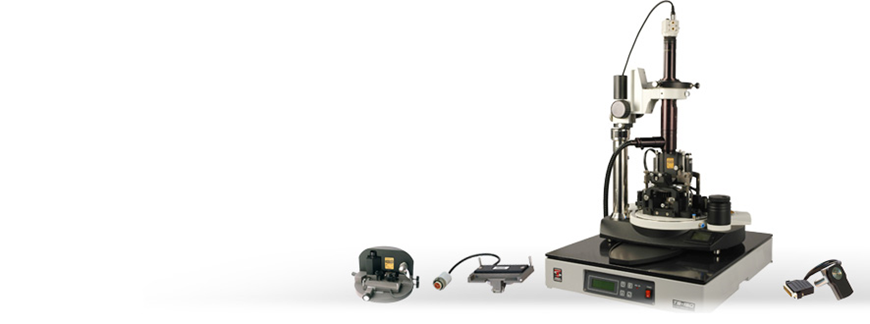
Nanolab based on NTEGRA PRIMA AFM
Scanning Probe Microscopy
In air and in liquid: AFM (contact + semi-contact + non-contact) / Lateral Force Microscopy/ Phase Mapping/ Force Modulation/ Adhesive Force Mapping/ Lithographs: AFM (Power)
Only in air: STM/MSM/ESM/SEM/ Kelvin Probe Method/ Display of Spreading Resistance/ AFAM (on demand)/Lithographs: AFM (Current), STM/.
NT-MDT
Zelenograd
Produced in: Moscow, Zelenograd
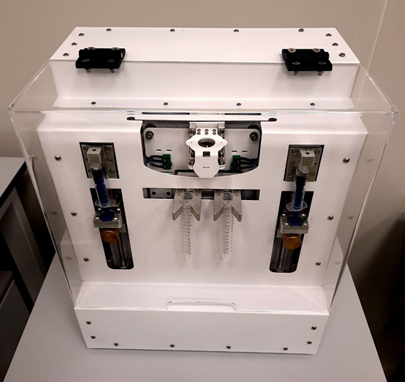
RNA Vaccine production System
1 supp.
It allows the generation of lipid particles for their subsequent use in the creation of RNA vaccines.
The Russian equivalent of Nanoassembler systems.
Abisens
Sirius
Produced in: Krasnodar region
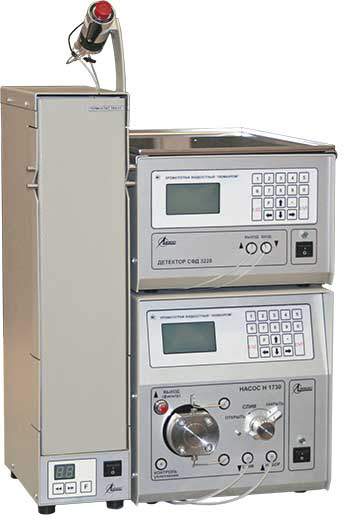
Liquid chromatograph "LUMACHROM®"
1 supp.
Technical specifications:
Operating spectral range, nm from 190 to 360
Limits of permissible absolute error of wavelength setting, nm ± 5
Detection limit of anthracene (wavelength 252 nm), ng/cm3, no more than 1
The limit of the permissible value of the relative mean square deviation of the output signal (n =5), %
of the retention
time over the peak area of 1.5
2
Limits of the permissible value of the relative change in the output signal (peak area) for 4 hours of continuous operation, % ± 5
Overall dimensions (LxWxH), mm, no more:
270x420x190
Weight, kg, not more than 9.5
Power consumption, V· A, not more than 50
Lumeks
Saint Petersburg
Produced in: Saint Petersburg
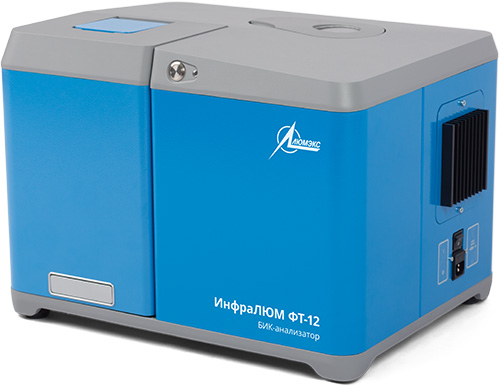
Infrared analyzer "InfraLUM® FT-12"
1 supp.
Technical specifications:
Measurement time, 80 seconds
Standard sample volume in a cuvette, 50 ml
Spectral range, cm-1 from 8700 to 13200
Spectral resolution, cm-1, no more than 10
The limit of the permissible value of the absolute error of the wave number scale, cm-1
±0,5
Analyzer warm-up time, min, no more than 30
Continuous operation time of the analyzer, h, at least 8
Overall dimensions, mm, no more than 530x450x380
Weight, kg, not more than 32
Power supply of analyzers from the AC network: AC power
supply voltage, V
frequency, Hz
(220 ±22)
(50 ±1)
Power consumption, V× A, not more than 110
Average time to failure, h, not less than 2500
Lumeks
Saint Petersburg
Produced in: Saint Petersburg
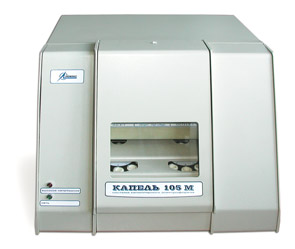
Capillary electrophoresis systems "KAPEL®-105M"
1 supp.
Technical specifications:
The range of working detection wavelengths, nm from 190 to 380
Limits of permissible absolute error of setting the working wavelength, nm ± 5
The range of variation of the operating voltage on the capillary, kV
from 1 to 25
The detection limit of benzoic acid (with positive polarity of the high-voltage unit) at a signal-to-noise ratio of 3:1, mcg/ cm3, not more than 0.8
The limit of detection of chloride ions (with a negative polarity of the high-voltage unit) at a signal-to-noise ratio of 3:1, micrograms / cm3, not more than 0.5
The limit of the permissible relative mean square deviation (SKO) of the output signal over the peak area, %5
The limit of the permissible relative mean square deviation (SKO) of the output signal for 8 hours of operation, % 6.5
Operating mode setting time, min, no more than 30
Power supply of systems from the AC network with voltage, V; frequency, Hz. 220 ±22 50 ±1
Power consumption consumed by the system, In ×A, no more: 220
Overall dimensions (LXC), mm, no more
420x570x360
Weight, kg, not more than 25
Lumeks
Saint Petersburg
Produced in: Saint Petersburg
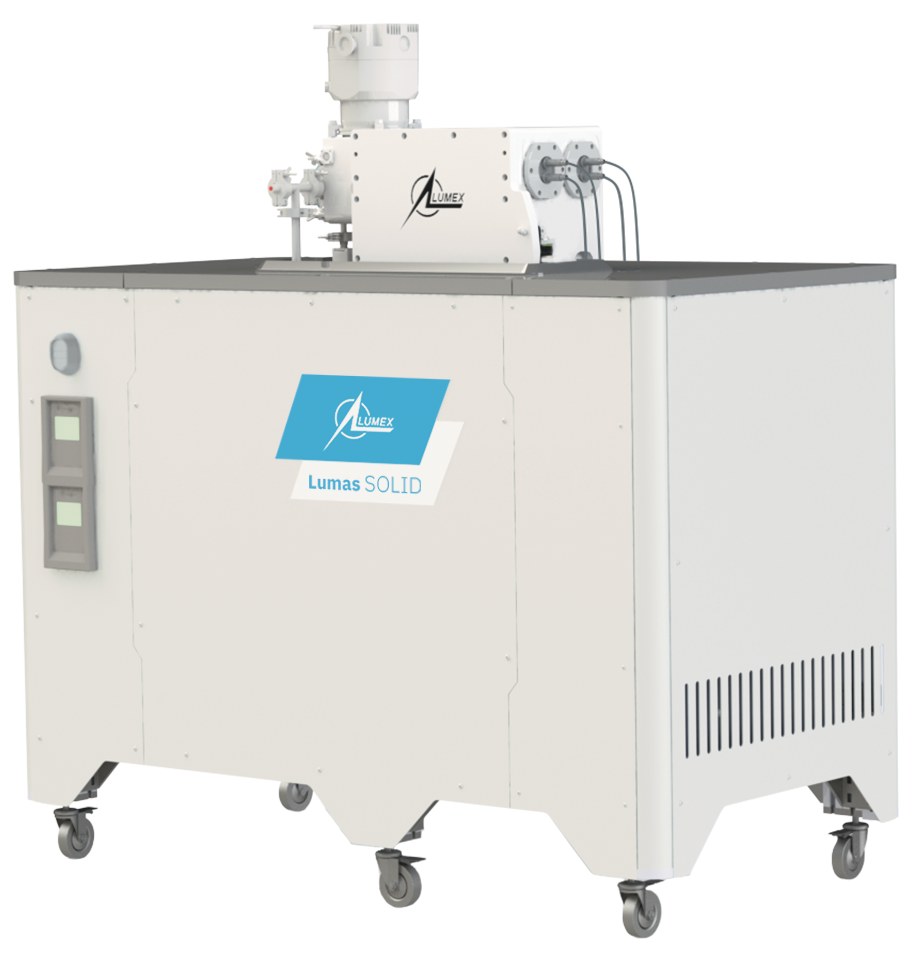
Mass spectrometer for the analysis of solid-phase samples "Lumas GAS"
2 supp.
from
218.11 ₽
Technical specifications:
Ionization method Glow discharge plasma
Discharge gas Air
Time-of-flight Mass Analyzer with mesh-free ion mirror
Resolution 4000
The number of simultaneously defined components is not limited
Mass range 1-1000 m/z Detection limits 10-100 ppt
Analysis time 1-3 min Vacuum system 1 Booster pump and 2 TMN (240 l/sec)
Overall dimensions 1450×780×1550 mm
Lumeks
Saint Petersburg
Produced in: Saint Petersburg
